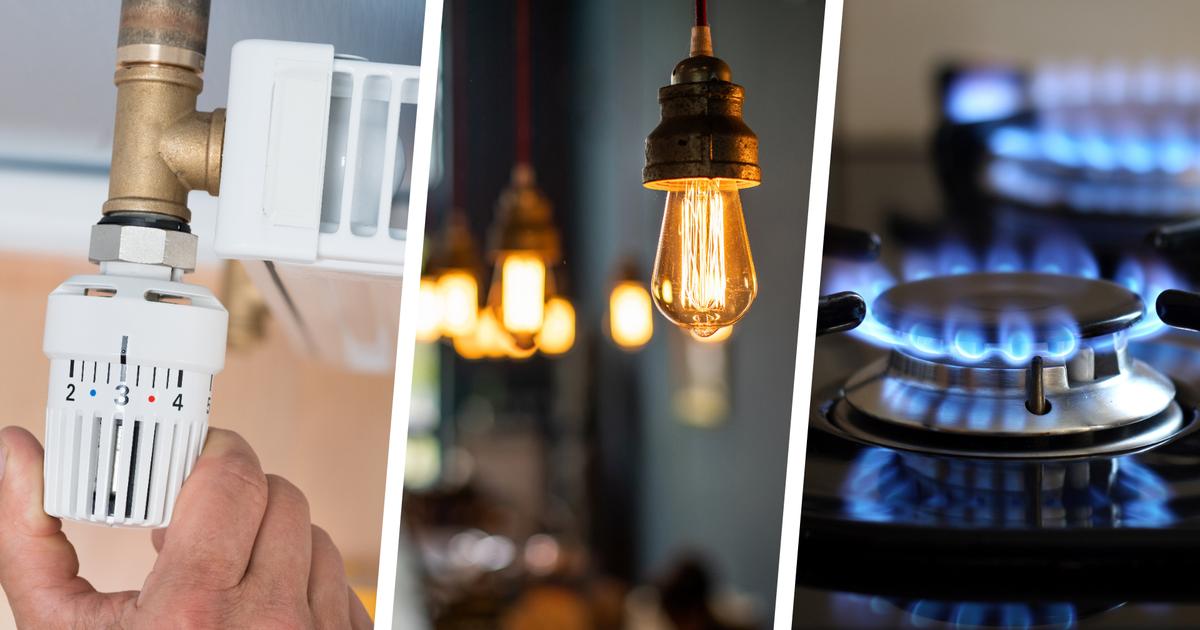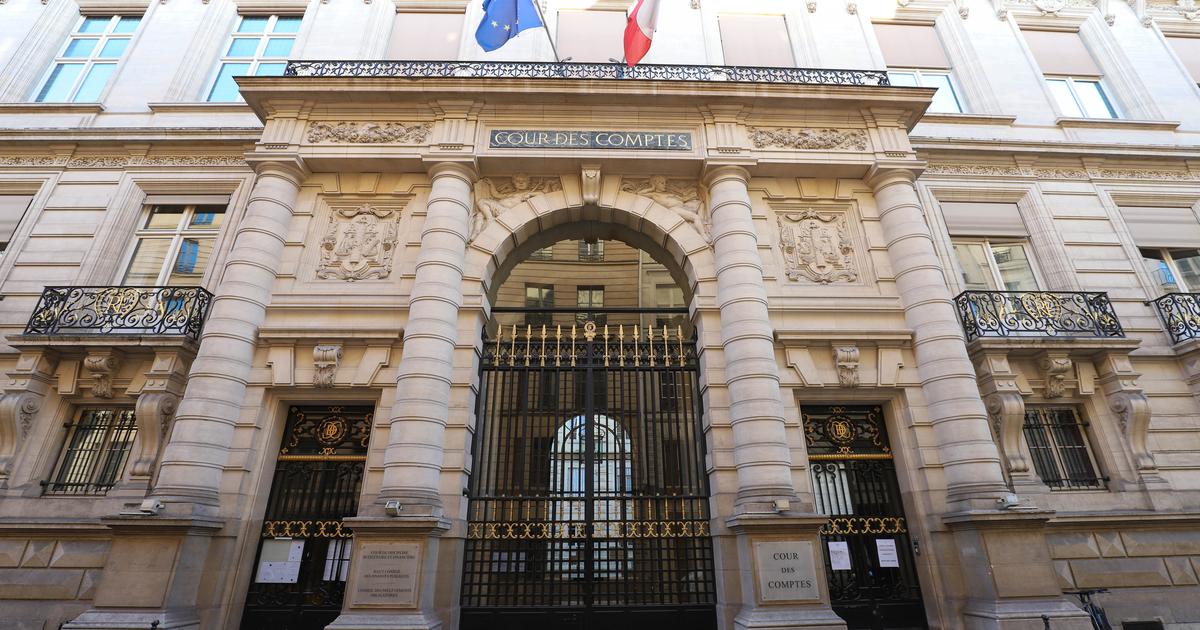If households were rather spared by the surge in energy prices in 2022, the same will not be completely the case in 2023. Indeed, despite the maintenance of a tariff shield on gas and electricity, bills should increase significantly at the start of the year.
Magnitude of future increases, audiences concerned, possible catch-up…
Le Figaro
answers all your questions.
What price increase at the beginning of the year?
The energy tariff shield - which has made it possible to freeze the regulated gas tariff since October 2021 and to limit the increase in the electricity tariff to 4% in 2022 - has been extended by the government for this start of the year 2023. Prime Minister Élisabeth Borne announced last September that the increase in bills would be limited to 15% on average.
This increase in regulated prices came into effect on January 1, 2023 for gas, and will take effect on February 1 for electricity.
According to the government, this increase will result in an average increase in bills of around 25 euros per month for households that heat with gas, and 20 euros per month for households that heat with electricity.
Read alsoEnergy shield, minimum wage, cold calling, condoms, stamps... What changes on January 1, 2023
What would the prices have been without the tariff shield?
Maintaining a tariff shield in 2023 makes it possible to significantly reduce the increase in bills, according to the executive.
According to his calculations, without this device, the average increase would have been around 200 euros per month for gas, and 180 euros for electricity.
If the scales of the Energy Regulatory Commission (CRE) had been applied, the average level of regulated gas prices on December 1, 2022 would have been 122% higher than the level in force on October 1, 2021, according to the area policeman.
Regarding electricity, as of August 1, it would have been more than 30% higher than its level at the end of 2021.
Who is entitled to the tariff shield?
With regard to gas, the price shield applies to residential consumers (consuming less than 30 MWh/year) as well as condominiums with an individual contract for the supply of natural gas.
It benefits subscribers at the regulated sales tariff, but also consumers with a market offer.
"
In this case, consumers benefit in this respect from State aid equivalent to the freezing of the regulated tariff, equal to the difference between the tariff which should have applied in the absence of the freeze and the frozen tariff
“, explains the government.
As for residential collective housing heated with natural gas (condominiums and HLM), the shield, put in place for them last April, will also continue in 2023.
With regard to electricity, the shield applies to individual residential consumers, who have an offer at the regulated tariff as well as a market offer.
As for collective housing, the tariff shield on the heating of common areas is being deployed.
They will also benefit from the limitation of the price increase to 15% on February 1.
Read alsoEnergy crisis: 6 billion more for tariff shields
When will the tariff shield end?
For electricity, the tariff shield will run throughout 2023. The increase will therefore remain limited to 15% throughout the year.
Regarding gas, it is more complicated.
The government specifies that the 2023 finance bill extends the shield until June 30, 2023. And after?
As of July 1, 2023, regulated gas tariffs will disappear, having been considered to be “
contrary to European Union law
”.
A further increase in gas prices at this time is therefore possible.
But the executive suggests that the CRE will set up a reference price which could serve as a basis for the continuation of the tariff shield until the end of the year.
Read alsoEnd of regulated gas prices: why am I getting a letter?
Will there be a catch-up on invoices in 2024?
The government wants to be very clear.
As he said last May - before the extension of the tariff shield - not to provide for a catch-up on invoices in 2023, the executive specifies today that "
there is no catch-up announced in 2024 to be borne by the households
”.
"
The shortfall for energy companies to be supported by the state
," he says.
Is there help for low-income households?
To preserve the purchasing power of the most modest French people, whom the 15% increase will hit hard, the government has set up an exceptional energy check.
The automatic dispatch of this aid began at the end of December, and will last approximately eight weeks.
In total, 12 million households should receive a check for 100 or 200 euros, depending on their tax income.
In addition, and also subject to resources, a fuel check of 100 to 200 euros and aid of 50 to 200 euros for households heating with wood were also announced at the end of 2022.














